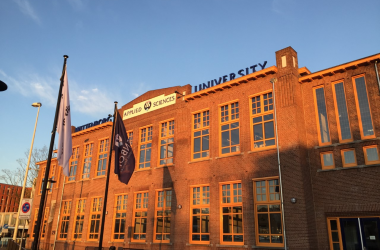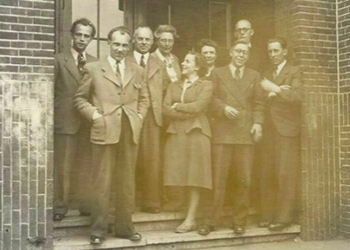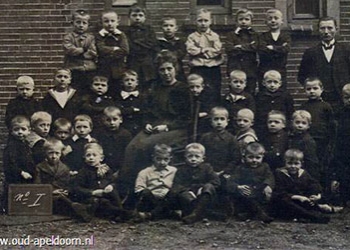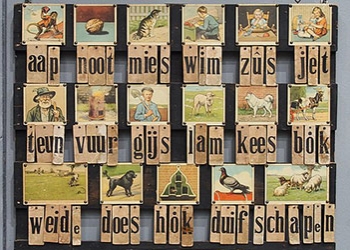From Catholic Boys' School to International Business School: The History of the Spoorstraat Location
From Catholic Boys' School to International Business School: The History of the Spoorstraat Location
From Catholic Boys' School to International Business School: The History of the Spoorstraat Location
https://www.wittenborg.eu/catholic-boys-school-international-business-school-history-spoorstraat-location.htm
The History of the Spoorstraat Location
In the summer of 2015, Wittenborg opened its new location at 23 Spoorstraat in Apeldoorn. The building, which was carefully but extensively renovated by Wittenborg, dates from 1920 and is, therefore, classified as a historic building. As part of Geheugen van Apeldoorn (Memory of Apeldoorn), a digital platform started by the municipality of Apeldoorn to make the city's history more accessible to all, a text was written about the history of the building. What follows is a translation of the Dutch text written by Carmen Luttikhuis, which can be found here.
From Catholic Boys' School to International Business School
The Roman Catholic St Gerardus Majella school on Spoorstraat started in 1920 as a boys' school. The school, which taught boys from working class, middle class and fairground families, was also called the ‘clog school’, after the simple footwear the students wore.
In 1900, a law was introduced in the Netherlands that made education compulsory for all children between the ages of six and twelve. In 1920, that law was followed by one which regulated that all education, public and special, such as Roman Catholic and Protestant, was to be paid for by the government. Previously, parents and churches had to pay for special forms of education themselves. After this new law, special education thus also became accessible to economically disadvantaged families. New school buildings were needed, mainly for Roman Catholic education. Due to a new pedagogical vision of education, schools were no longer seen as learning factories, but as pleasant environments to stimulate children's imagination and sense of aesthetics, and as a healthy environment by paying attention to light, air and hygiene. This is reflected in the architecture of the new school buildings by elements from the elegant, monumental architectural styles of the Amsterdam School and Jugendstil, such as luxurious entrances and high windows.
Around the corner, on Molenstraat, was the Roman Catholic girls' school Sint Willibrordus, run by nuns. In 1965 both schools were merged into a co-education school on Spoorstraat. In 2015, international business school Wittenborg University of Applied Sciences restored the building and moved in. Certain original features are still visible, including the wooden railings in the stairwell.
WUP 20/1/2022
English translation by Marius Zürcher
©WUAS Press



398 words